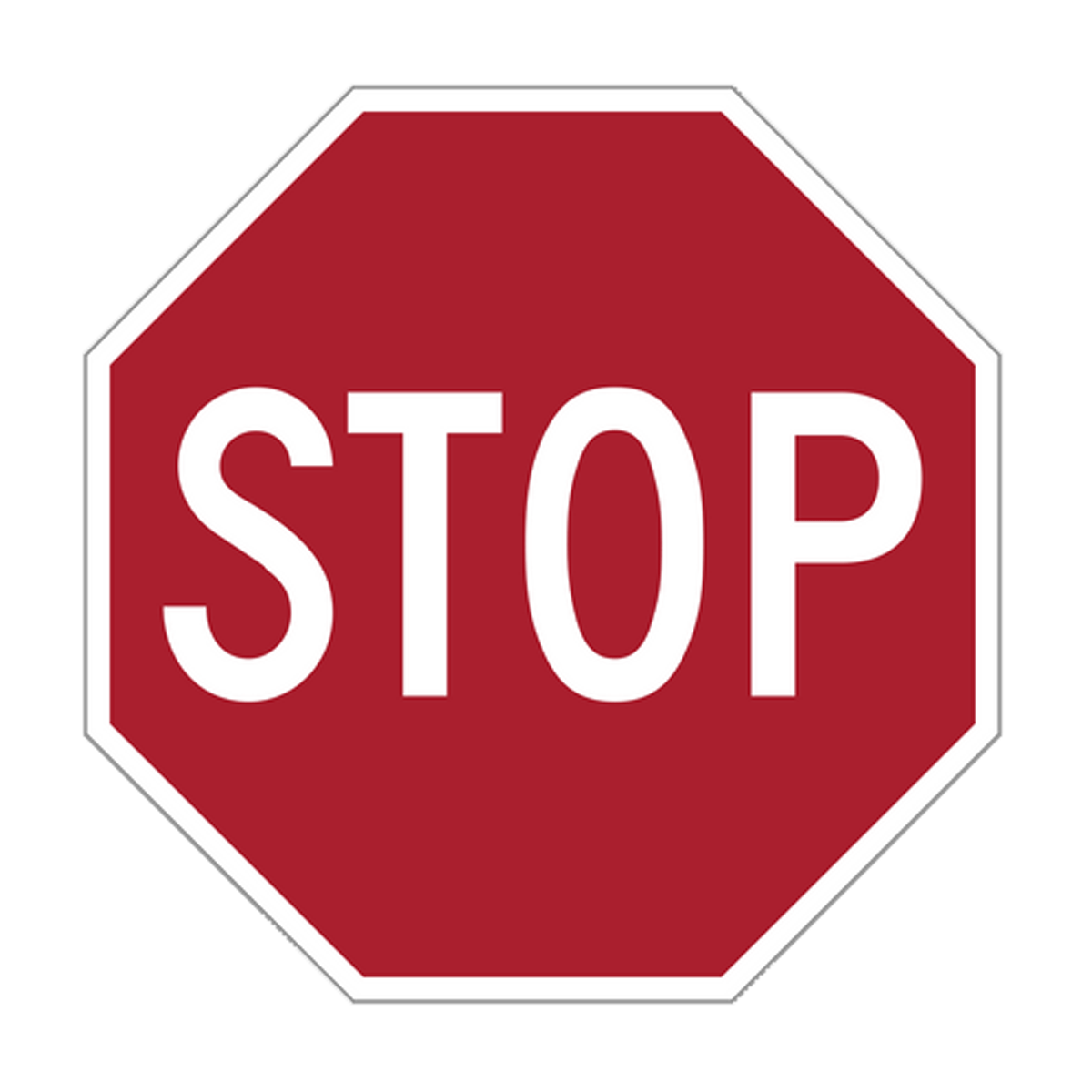 Regulatory signs, those familiar markers we encounter on our daily commutes, play a vital role in maintaining order, safety, and efficiency on our roads. These signs communicate essential rules and regulations that govern traffic flow, ensuring that drivers, pedestrians, and cyclists can navigate our roadways safely and predictably. In this article, we will delve into the importance of regulatory signs and why they are a crucial component of our transportation infrastructure.
Regulatory signs, those familiar markers we encounter on our daily commutes, play a vital role in maintaining order, safety, and efficiency on our roads. These signs communicate essential rules and regulations that govern traffic flow, ensuring that drivers, pedestrians, and cyclists can navigate our roadways safely and predictably. In this article, we will delve into the importance of regulatory signs and why they are a crucial component of our transportation infrastructure.
Safety First
The primary purpose of regulatory signs is to enhance safety on the road. These signs provide critical information to all road users, allowing them to make informed decisions and respond appropriately to various situations. For example, speed limit signs inform drivers of the maximum safe speed for a particular road, helping to reduce the risk of accidents caused by excessive speed. Stop signs and yield signs enforce right-of-way rules, preventing potentially dangerous intersections and collisions.
Consistency and Predictability
Imagine a world without regulatory signs. Chaos would ensue, as drivers would have no standardized rules to follow. Regulatory signs create consistency and predictability on our roadways, allowing all users to understand and anticipate each other's actions. Whether it's a "One-Way" sign, a "No Parking" sign, or a "Do Not Enter" sign, these markers ensure that drivers and pedestrians behave in a way that is expected and safe.
Traffic Control
Regulatory signs are essential tools for managing traffic flow. By controlling the movement of vehicles, pedestrians, and cyclists, they help prevent congestion and gridlock, particularly in densely populated areas. Signs like "No U-Turn" and "No Left Turn" help maintain smooth traffic patterns and prevent bottlenecks. In addition, they enable city planners and traffic engineers to design and optimize road systems efficiently.
Legal Enforcement
Regulatory signs serve as a legal framework for traffic regulations. Violating the rules indicated by these signs can result in traffic violations, fines, and even license suspensions. This legal aspect provides a strong incentive for drivers to adhere to the rules and reinforces the importance of regulatory signs in maintaining order and safety on our roads.
Protecting Vulnerable Road Users
Regulatory signs aren't just for motor vehicles; they also protect pedestrians and cyclists. Crosswalk signs, school zone signs, and shared lane markings communicate vital information to non-motorized road users, ensuring that they can navigate the roadways safely and without fear of collision with vehicles.
Adaptation to Changing Conditions
One of the beauties of regulatory signs is their adaptability to changing conditions. Temporary signs, such as construction zone signs or roadwork ahead signs, inform drivers of specific hazards or changes in road conditions. These signs are crucial for alerting drivers to potential dangers and ensuring their safety during road maintenance or construction.
In conclusion, regulatory signs are an indispensable part of our transportation infrastructure. They provide the rules and guidelines that make our roadways safe and efficient for all users. From preventing accidents and reducing traffic congestion to enforcing legal regulations, these signs play a vital role in maintaining order on our roads. The next time you encounter a regulatory sign, remember that it serves as a reminder of our collective commitment to safety and responsible road use.
